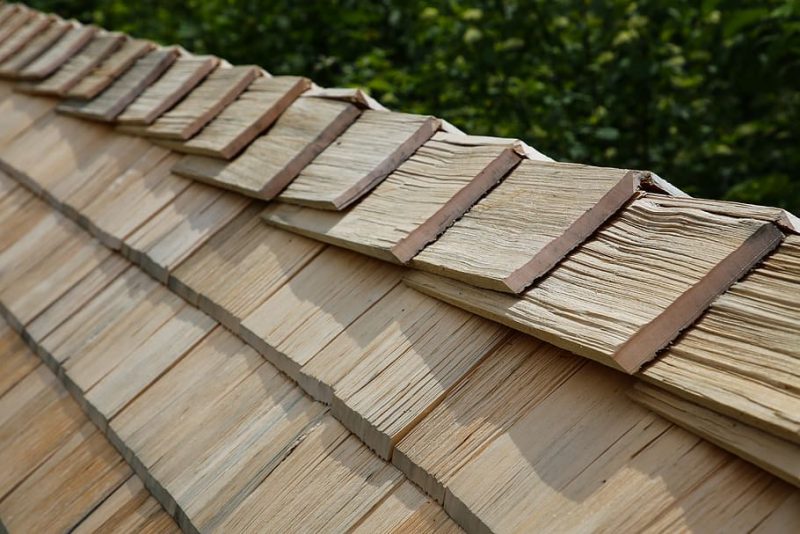What Are the 4 Major Types of Roofing Materials?
In constructing a house, the structural work includes the foundations, the sanitation, the base, the walls, the frame, the roof, and the exterior woodwork.
The roof of the house: multiple choices for the roof
The roof is an essential part of the house. The term “roofing” is also used to describe what covers the top.
The roof ensures protection against bad weather and external aggressions (rain, snow, sand, dust). The roof covering also has an insulating function since most heat loss occurs through the roof. Finally, the top has undeniable decorative importance.
For a roof made in the rules of the art, we will make sure to call a professional a roofer.
Aesthetics, budget, regional particularities, rigorous climate: these parameters must be considered when choosing the type of roofing. You can choose between concrete, clay, or wood tiles, or slate or zinc.
Roofing: concrete tile
The concrete tile is made of sand, cement, and mineral pigments and obtained without cooking by simple drying. The tiles receive a surface treatment to avoid the rise of lime salts.
There are flat tiles (45° roofs) and canal tiles for low slope roofs (35°).
The installation is done directly on the frame, but screens are more and more often placed between the tiles and the frame for better protection in case of wind and rain.
Its disadvantages: a tendency to deteriorate over the years and the coloring caused by the sun and the weather.
Home roofing: clay tile
The clay tile is a safe value, still widely used. It has many qualities: solidity, durability, frost resistance, ecological, available in different shades and shapes. It is also very adaptable, regardless of the region of construction.
As for the concrete tile, it is installed on the frame with possibly an intermediate protective screen.
Roofing: wooden tile

Also called “shingle”, the tile is obtained by splitting or sawing wood. Its thickness is greater than 5 mm, and its dimensions vary from 6 to 30 cm in width, for 20 to 60 cm in length. The vertical joints must be staggered, not aligned.
Wooden tiles have the advantage of being aesthetically pleasing and of facilitating water drainage.
Note that sawn shingles are more insulating since they are bonded to adjacent shingles with a large contact area.
The most commonly used species are chestnut and acacia, red cedar, larch, pine, and oak.
Roofing: slate
This natural stone is trendy for its charm. Incombustible, slate is very durable (more than a century). On the other hand, slate is vulnerable to high temperatures, quite heavy, and expensive.
Rectangular in shape, slates are fixed to battens by nailing or using hooks. The roof is waterproofed by overlapping the slates on top of each other.
Roofing the house: zinc
This natural material is 100% recyclable, so it is an ecological choice. Aesthetically pleasing and waterproof, zinc roofing adapts to all types of slopes, from 5% upwards, and zinc is adaptable to different frameworks.
The durability of zinc is outstanding, especially in rural areas where external aggressions are minor.
A professional zinc roofer must, however, ensure a light installation of zinc.